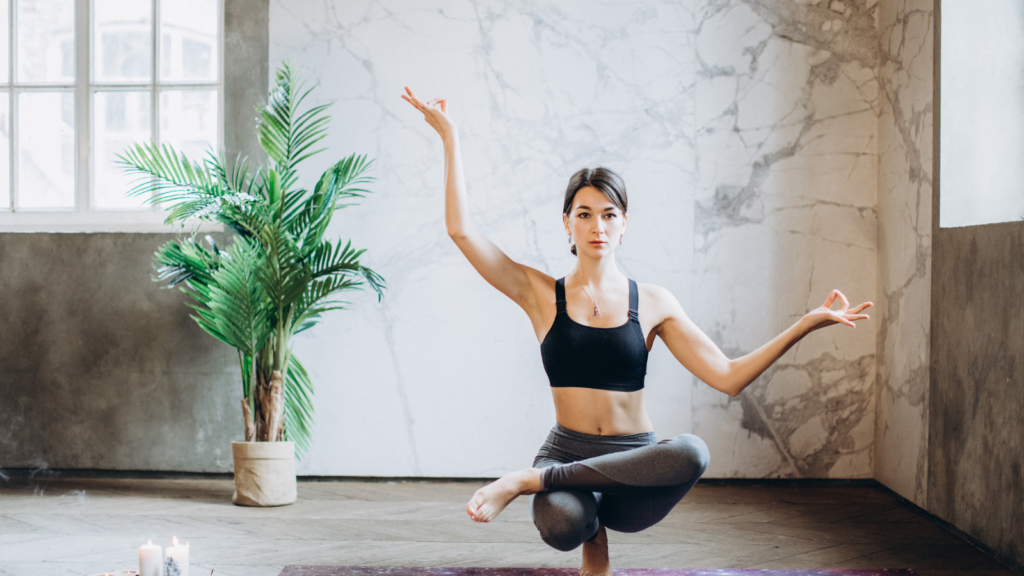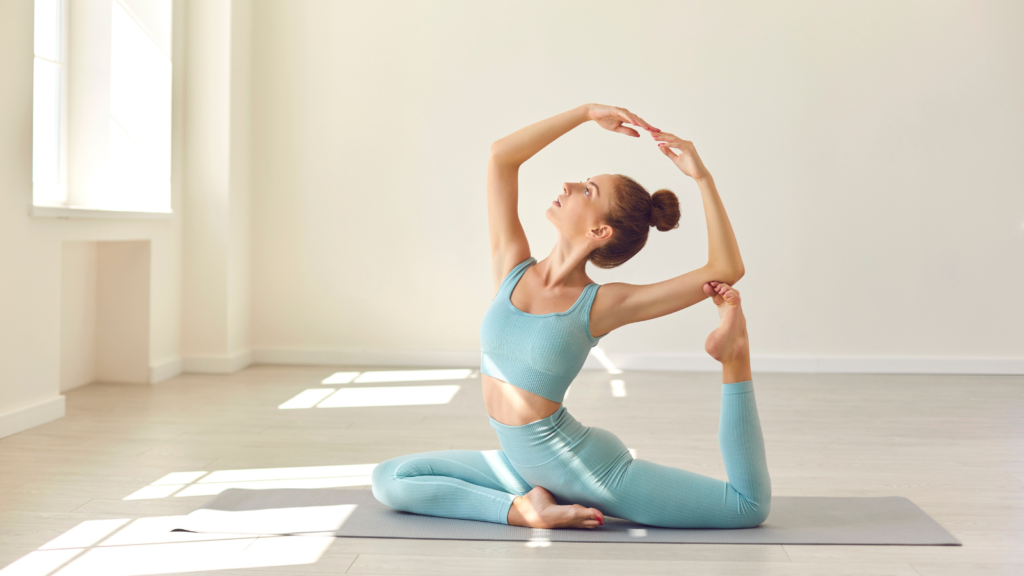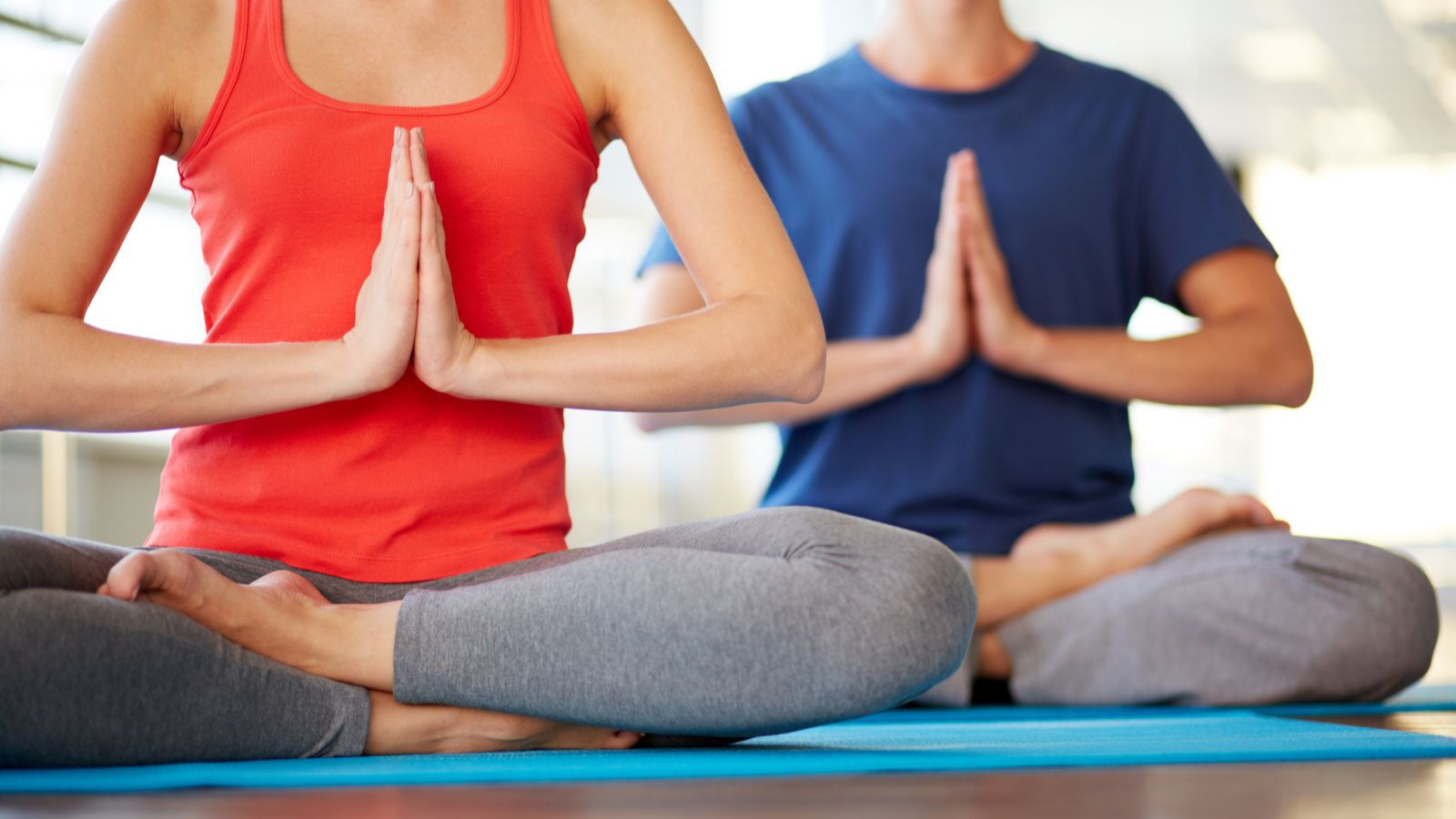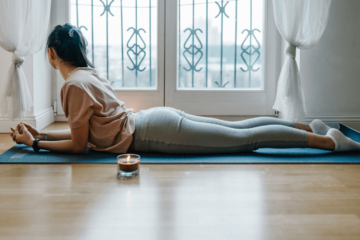The constant hustle and overwhelming stress make it vital for individuals to reconnect with their inner selves. They also need to cultivate physical strength. Enter yoga, a practice that has been around for centuries. It offers a sanctuary for both the mind and body.
In this article, we delve into the importance of finding inner balance. We also consider the importance of physical strength. We also explore how the transformative power of yoga can help us achieve these goals.
Whether you’re a seasoned yogi or just starting your journey, join us. We will unlock the potential of this ancient practice. We will embark on a path towards holistic well-being.
Understanding the Mind-Body Connection
There is a growing recognition of the interconnection between mental and physical well-being. Our minds and bodies are intricately linked. It is crucial to understand and nurture this connection for optimal health.
Various practices like meditation and mindfulness have gained popularity. One discipline that stands out in bridging the gap between the mind and body is yoga.
Yoga has ancient roots and a holistic approach. It offers many benefits that contribute to overall well-being.
The power of yoga lies in its ability to synchronize movements with breath. This creates a deep sense of mindfulness and introspection.
Regular yoga practice enhances flexibility and physical strength. It also cultivates mental clarity and emotional stability.
The physical postures (asanas) help individuals become more aware of their bodies. This promotes a profound sense of self-awareness.
Developing this mind-body connection can help people become more attuned to their needs. This leads to a greater understanding of their mental and physical state.
Yoga provides a mindful space to slow down, tune inwards, and release stress. Today’s busy lifestyle makes stress a common factor. It affects our mental and physical health.
Individuals can activate the relaxation response by engaging in yogic practices. They can do deep breathing exercises, called pranayama, and guided meditation.
This counters the harmful effects of stress on the body.
The Role of Yoga in Stress Management
In today’s fast-paced and demanding world, stress has become a common aspect of our lives. We cannot undermine the intricate relationship between mental and physical well-being. Stress can have adverse effects on both our mental and physical health.
This is where yoga plays a significant role. Yoga is an ancient practice that combines physical postures, breathing exercises, and meditation. It aims to achieve a state of harmony and balance in the mind and body.
We can understand how yoga can manage and reduce stress levels. This is by exploring the connection between mental and physical well-being. Research has proven that regular yoga practice is an effective stress management tool.
Yoga stimulates the parasympathetic nervous system, also known as the body’s relaxation response. This happens through various postures and breathing techniques.
This activation helps counterbalance the fight-or-flight response triggered by stress. This promotes a sense of calm and relaxation. Additionally, yoga increases the production of endorphins, also known as the “feel-good” hormones. This further alleviates stress and boosts mood. By adding yoga to our daily routine, we can reduce the impact of stress on our mental and physical well-being.
Building Physical Strength through Yoga
It is crucial to find ways to maintain both our mental and physical well-being. Yoga, an ancient holistic practice, offers a perfect solution to achieve this balance.
The ancient practice of yoga combines poses and controlled breathing techniques. It also includes meditation to enhance overall wellness.
Yoga is often associated with flexibility and relaxation. However, it is also an excellent tool for building physical strength.
Yoga can effectively enhance both our mental and physical strength. It does this by engaging different muscle groups and incorporating challenging poses.
Its ability to improve mental and physical strength has made yoga renowned. One major reason is its stress-reducing benefits.
Researchers have found that regular yoga practice lowers cortisol levels. Cortisol is often referred to as the stress hormone. This can reduce anxiety and promote relaxation.
Stress can severely impact our physical health. Incorporating yoga into our regular routine can help combat these negative effects.
By practicing yoga and consciously focusing on our breath, we can relax our minds. This helps increase body awareness and ultimately build better physical strength. Yoga also offers numerous ways to enhance strength and endurance.
Many people associate strength training with heavy weights and intense workouts. Yoga takes a different approach.
Yoga builds functional strength by utilizing body weight and focusing on controlled movements. You can apply this strength to everyday activities.
Cultivating Inner Balance and Peace of Mind

Yoga, an ancient practice that originated in India, has gained immense popularity worldwide. It promotes physical and mental well-being.
Regular yoga practice has a key benefit: It helps individuals achieve inner balance.
Yoga combines physical postures, controlled breathing techniques, and meditation. This creates a pathway to greater self-awareness and tranquility.
Physical postures, also known as asanas, are crucial for achieving inner balance through yoga practice. Asanas release physical tension and stress accumulated in the muscles and joints. They do this by gently stretching the body and improving flexibility.
This physical release has a direct impact on our mental state. It helps to relax the mind and foster a sense of calmness. As we learn to balance our bodies in various yoga poses, we develop focus and concentration. This enhances our ability to calm the mind and find inner equilibrium.
Yoga also significantly impacts mental well-being. Research has shown that regular yoga practice reduces anxiety, stress, and depression. Yoga helps to quiet the mind.
It also eases the overwhelming thoughts and concerns that often plague us. It does this by focusing on the breath and the present moment.
During yoga practice, we connect with our breath and cultivate mindfulness. Gradually, we learn to let go of negative thoughts and emotions. We replace them.
The Benefits of Flexibility and Balance in Yoga
Yoga is not just a form of exercise. It is a holistic practice that promotes physical, mental, and spiritual well-being. One of the key elements of yoga is flexibility and balance.
Flexibility refers to the ability to bend and stretch easily. Balance refers to the ability to maintain a stable posture.
Both advanced practitioners and beginners find these two aspects of yoga important.
Developing flexibility and balance can greatly enhance one’s overall yoga practice. Flexibility plays a crucial role in improving physical performance.
It can also have positive effects on physical performance. Flexible muscles and joints reduce the risk of injury during physical activities. They also lower the risk during daily movements.
Increased flexibility improves our range of motion. This allows us to perform various yoga poses with greater ease and stability.
Regular practice of yoga helps lengthen and stretch the muscles. This makes them more supple and less prone to strains or tears.
This can greatly benefit athletes, dancers, and individuals involved in physical activities. It improves their performance and reduces the risk of injuries.
Balance, another integral component of yoga, is equally important for physical performance. Maintaining balance requires a strong core and a stable foundation. In yoga, various poses challenge our balance by shifting our weight. They also require us to engage our core muscles. Through regular practice, we strengthen our core and improve our propria.
Enhancing Concentration and Focus through Yoga
Flexibility and balance are essential aspects of yoga practice. They contribute to one’s physical health. They also enhance mental clarity and concentration.
When you balance and flex your body, it enables your mind to be more focused and present. This enhances concentration.
Flexibility is not simply about touching your toes or bending into pretzel-like poses. It is about the ability to move freely and effortlessly, both physically and mentally.
In yoga, instructors design asanas or poses to increase flexibility. They also open up the energy channels in the body. Regular practice of these asanas makes the body more flexible. This allows for better energy flow.
Similarly, balance in yoga is not limited to maintaining physical equilibrium. It refers to the harmonious integration of body, mind, and breath.
Balancing poses help develop neuromuscular coordination and concentration. When practicing these poses, one needs to be fully present. They should pay attention to the body’s alignment and the arising sensations.
This focus on balance translates into improved ability to concentrate. It also helps stay focused in other aspects of life. Yoga has physical benefits. It also profoundly impacts mental clarity and concentration.
The mindful breathing and meditation techniques practiced in yoga help calm.
How Yoga Complements Other Physical Activities
Yoga is often praised for its holistic approach to physical and mental well-being. It has gained popularity as a versatile practice. It complements various other workouts and sports.
Many athletes and fitness enthusiasts have added yoga to their training routines. It is a supplemental activity. They recognize the numerous benefits it offers.
In this article section, we will highlight the role of yoga as a supplement to other workouts and sports. We will discuss how yoga improves performance and prevents injuries.
Yoga is an excellent supplement to other physical activities. Yoga’s focus on flexibility, balance, strength, and breath control sets it apart. Unlike many sports and workouts that target specific muscle groups, yoga gives a full-body workout.
Regular yoga practice helps athletes and fitness enthusiasts develop the strength and flexibility they need to excel in their activities. It complements other physical activities and enhances performance. Yoga uses dynamic and static poses. It builds core strength, improves balance, and increases endurance.
These attributes are crucial for success in sports like running, cycling, or weightlifting. Stability, control, and stamina play vital roles.
Athletes can improve their performance by adding yoga to their training. It can also boost their fitness to new heights.
Personal Transformation through Yoga

The Transformative Power of Consistent Yoga Practice
Yoga, an ancient practice originating in India, has gained immense popularity worldwide. Beyond its physical benefits, yoga offers a profound transformative experience.
Individuals who commit to a consistent practice experience this transformation. The fusion of physical postures, breathwork, meditation, and philosophical teachings fuels this personal transformation.
Physical Transformation
Through consistent yoga practice, our bodies undergo a physical transformation. Regular engagement in yoga postures improves flexibility, strengthens muscles, and increases endurance.
As we progress, we notice enhanced coordination, balance, and improved posture. Moreover, yoga encourages us to explore the potential of our bodies. We push beyond limits and discover newfound strength.
As the physical transformation occurs, our confidence and self-image improve. This leads to a more positive outlook on life.
Building on the physical transformation, yoga significantly impacts our mental and emotional well-being. We integrate breathwork and meditation into our practice.
This allows us to cultivate mindfulness. It helps us focus our attention on the present moment.
This heightened awareness helps us break free from negative thought patterns. It reduces stress and anxiety. Yoga also promotes emotional resilience, teaching us to embrace discomfort and change.
We learn to acknowledge our emotions without judgment. We find inner peace amidst life’s challenges.
Yoga takes us on a journey of self-discovery and spiritual transformation. The philosophical teachings of yoga guide us towards a deeper understanding of ourselves. They also help us understand our connection to the world. Through regular practice, we develop a strong sense of inner wisdom.
Tips for Starting and Maintaining a Yoga Practice
Adopting a regular yoga routine can have countless benefits for both the mind and body. However, getting started and staying committed to a yoga practice can be challenging. This is especially true for beginners.
We will offer practical advice to help beginners start their yoga journey. We will also help them maintain a consistent practice.
As a beginner in yoga, it is important to set achievable goals. These goals should align with your current fitness level and schedule. Set realistic goals.
Starting with shorter sessions, such as 20-30 minutes, can help build a foundation. It can also prevent feelings of overwhelm.
Gradually increase the duration and intensity as you progress. Remember, yoga is a journey, not a destination.
Finding a qualified yoga instructor can make a world of difference in your practice. Find a qualified instructor.
Look for someone with ample experience and knowledge. They can guide you safely through the poses and provide modifications when necessary. An experienced instructor will help you understand the correct alignment. They will also teach you breathing techniques. These are fundamental to a successful yoga practice.
Create a dedicated space. Initiating a yoga practice becomes easier when you have a designated space for it. Find a quiet and clutter-free area in your home where you can roll out your mat and practice.
This space will serve as a constant reminder to prioritize your practice. Make it a part of your daily routine. It also helps you separate your yoga practice from other distractions. It helps you focus better.
Conclusion
Throughout the articles, we have explored various key points. They highlight the numerous benefits of yoga. These include increased flexibility and strength, improved mental well-being, and stress reduction.
Incorporating yoga into our fitness regime enhances physical health. It also nurtures a balanced mind-body connection.
By prioritizing yoga, readers can elevate their fitness journey to new heights. It is a crucial component of any comprehensive fitness routine. Its ability to enhance strength, flexibility, and endurance makes it so.
Furthermore, yoga emphasizes mindfulness and breathing techniques. This can help improve focus, reduce anxiety, and promote mental clarity. It creates a holistic approach to overall well-being.
It is essential to acknowledge that yoga is not just another fitness trend. It is a centuries-old practice rooted in ancient wisdom. Its timeless teachings continue to provide countless individuals with the means to achieve.

As a passionate fitness enthusiast Naznin is dedicated to inspiring and empowering others to lead a healthier lifestyle. With She wealth of knowledge and experience in nutrition, exercise, and mindset, provides valuable tips, practical advice, and motivational content to help readers achieve their fitness goals and live their best lives. So, Join her on this blog as she inspire you to lead a healthier and more lifestyle.


